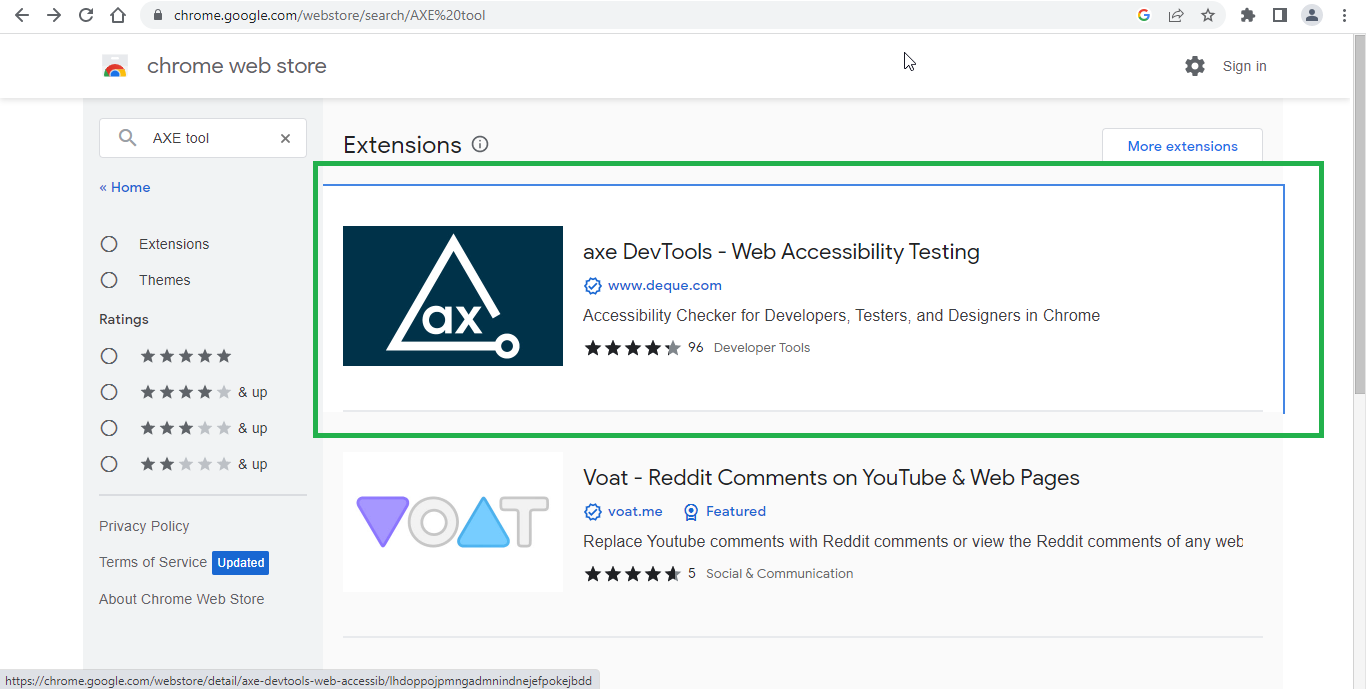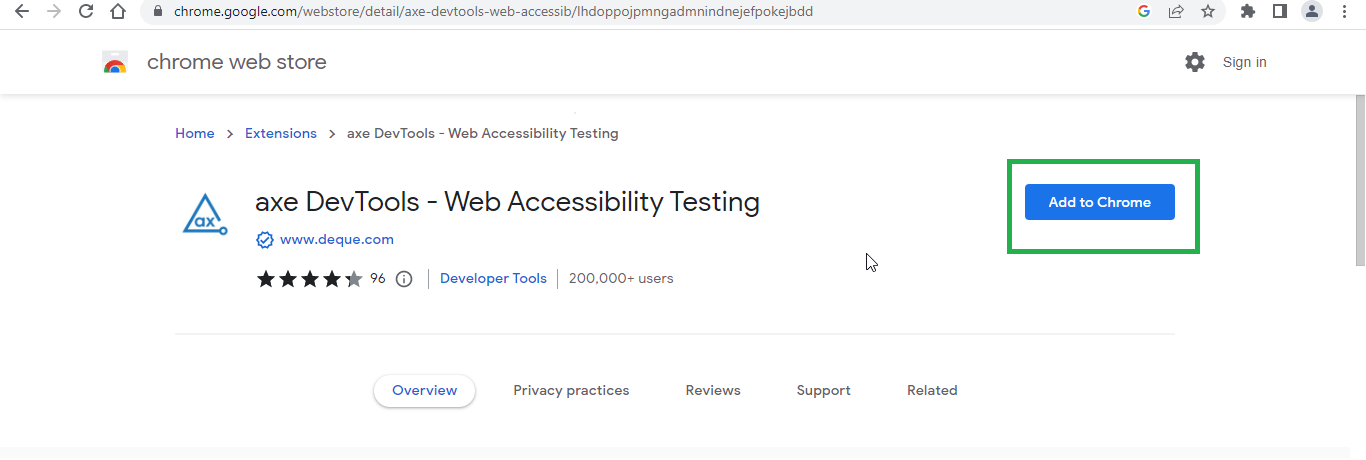What is Accessibility Testing?
Accessibility Testing is system testing intended to discover whether system users with disabilities can use it. It is done to ensure that people with disabilities like color blindness, aging, and hearing may use the application.
Objectives:
- To serve to market for people with disability.
- To abide by accessibility legislation.
- To avoid potential lawsuits.
Accessibility attempts to accommodate individuals with a range of abilities such as –
- Visual disabilities
- Physical disabilities
- Hearing disabilities
- Cognitive disabilities
- Learning disabilities
There are different types of accessibility testing tools available, each designed to address specific challenges faced by people with disabilities. In this blog, we will be focusing on the AXE tool.
What is the AXE Tool?
One of the popular tools for accessibility testing is the Accessibility Evaluation (AXE) tool. AXE tool is an open-source accessibility testing tool used to identify accessibility issues in web applications. It is integrated with various web browsers like Chrome, Firefox, and Edge, which makes it easy for developers and testers to test web applications.
AXE is an automated testing tool for identifying code accessibility issues. The complete testing suite AXE DevTool helps to identify accessibility flaws in native applications at the very first stage. It expresses precisely how each flaw affects a user and immediately suggests fixes. It gives you the details required to create a consistent digital experience based on recognized standards like WCAG.
How Does the AXE Tool Work?
AXE tool works by scanning the web application and identifying accessibility issues by following the Web Content Accessibility Guidelines (WCAG) 2.0. AXE tool identifies the accessibility issues based on the rules defined in the tool. When the tool scans the web application, it matches the rules defined in WCAG 2.0 and identifies the accessibility issues. You would wonder what WCAG is! WCAG is a body that develops and sets up the standards for Accessibility in cooperation with organizations around the world hence defining how to make web-based content better and accessible to people with changing or permanent disabilities. The architecture of AXE and other such tools is based basically on the WCAG framework.
Areas Where AXE Identifies Issues:
- Color contrast: AXE tool identifies the accessibility issues related to the color contrast of the web page.
- Images: AXE tool identifies the accessibility issues related to the alternative image text.
- Headings: AXE tool identifies the accessibility issues related to the headings used on the web page.
- Labels: AXE tool identifies the accessibility issues related to the labels used in forms.
- Keyboard accessibility: AXE tool identifies the accessibility issues related to the keyboard accessibility of the web application.
- ARIA attributes: AXE tool identifies the accessibility issues related to the ARIA attributes used in the web application.
- Landmarks: AXE tool identifies the accessibility issues related to the landmarks used on the web page.
- Tables: AXE tool identifies the accessibility issues related to the tables used on the web page.
How to Add the AXE Tool Extension
AXE tool is easy to set up. It can simply be added directly to the Chrome browser as an extension.
- Open the Chrome web store
- Click on the search bar and enter AXE tool
- Click on the first option, as shown in the image below

- Now click on Add to Chrome button

AXE tool will be successfully added to the Chrome browser extension.
Conclusion
Hurray!! You’ve reached the blog’s conclusion. I hope that after reading this blog, you all have a better understanding of accessibility testing and the Axe tool. Axe is an automated testing tool for identifying code accessibility issues. It works based on the rules defined in WCAG 2.0. It can be easily set up through the Chrome browser extension. In the next blog, we will learn how to perform accessibility testing using the AXE tool.


Informative Blog Sonal Keep Posting!!
Useful and informative blog Sonal
Informative blog.
Good work!
Best luck and Keep it up.